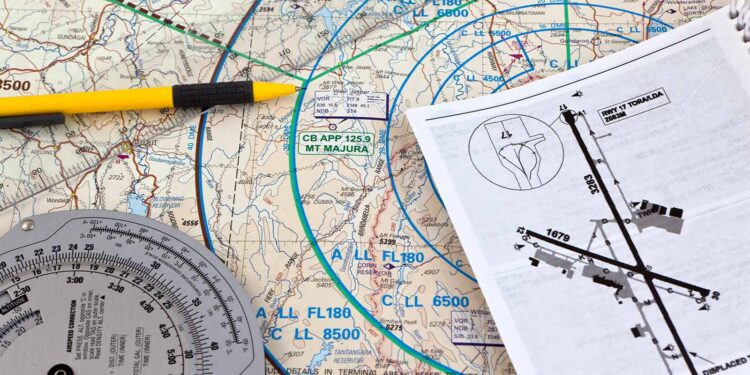A little while back I noted that Toronto City Centre was getting a new lighting system. The explanation if such system is out in the latest AIC. I wonder if such enhancements were due to Porter Airlines flying out of YTZ now.
The visual alignment guidance system is made up of two light units placed symmetrically on each side of the runway threshold. It is indicated by the notation “AZ” in the CFS and CAP.
The lights provide unidirectional rotating beams, which create a flashing effect. Each light flashes once per second.
When the aircraft is on the extended centreline, or within 0.45° either side of the centreline, the pilot will see the two lights flashing simultaneously, similar to RILs.
If the aircraft is off the runway centreline by more than 0.45°, up to a maximum of 15°, the pilot will see a delay between the flashes. The two lights will flash with a variable delay (60 to 330 ms) according to the position of the aircraft relative to the centreline. The further the aircraft is from the centreline, the greater the delay. The delay between the two flashes produces a sequence effect, which shows the direction towards the runway centreline.
Think of it as a PAPI or VASI but for left/right orientation instead of glideslope. I guess this system was put in place because there is no localizer for this runway.
I created a PDF with the relevant information.


You would not happen to know who distributes the VAGS in Canada.
We are putting in a 8000 foot ice runway in Nunavut for B737 aircraft and due to flat light and white on white a system to keep the aircraft on the center line would be great. Searched the web and not able to find a supplier for visual alignment guidance system.
Regards,
Jerry
Jerry
we are using the system at two other locations. call me for further info. details on the web. http://www.approachnavigation,com